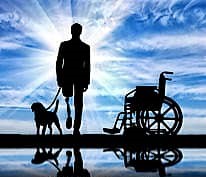
In a country like India, the prevalence of amputees is over a million. Most of the amputees have undergone amputations due to incidents like railway accidents and road accidents. Many amputees belong to rural area and are also unaware regarding the Prosthetic Management. There is a lack of knowledge in this field and regarding its applications across India.
Many people suffer from different types of physical diseases which occur by birth or by sudden accidental issues. Those patients try to perform their daily routines with the help of devices like walking sticks. Such devices may put themselves an increased risk of fatal fractures and injuries. To live a Healthy, Independent and Dignified Life, many renowed surgeons and doctors recommend to visit our center to their patients for Orthotic and Prosthetic Solutions.
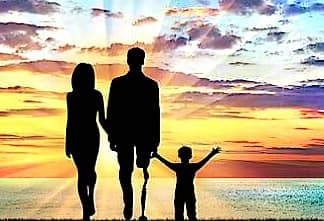
Prosthetic Management :
Once the amputation is done, the experts ask
patient to go for Pre-Prosthetic Management which includes :
- Good Healing of Scars.
- Strengthening of muscles of the particular site of amputation.
- Proper bandaging of stump / residual part.
- If required any other instructions are given.
Once the above process is done. Our clinician will take the measurement and start the process to create prosthesis.
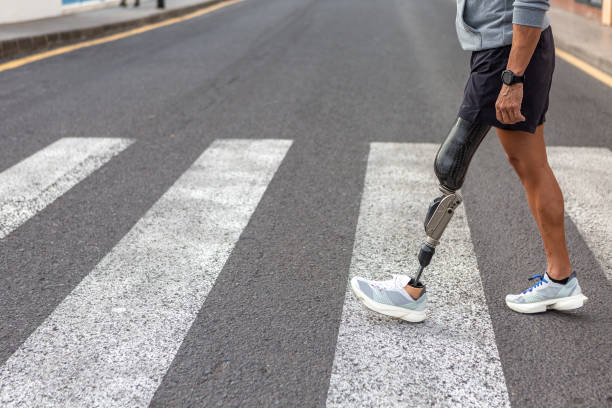
Once the prosthesis is done the clinician will do trial fitting of the prosthesis on the part. If there is any error or any fitting issues or alignment issue the prosthetist will correct it. This interaction is essential for maintaining high satisfication and sucess rates among our patients.
After a complete evaluation of our patient, they can head home. If there are again some maintenance issues to address, it's always an option to ship the Prosthesis back to be fixed.
Why do we do all of this? Because we are committed to making sure that when you walk out door, you have the skills to use your Prosthesis and that the fit of your Prosthesis allows you to use it all day long.
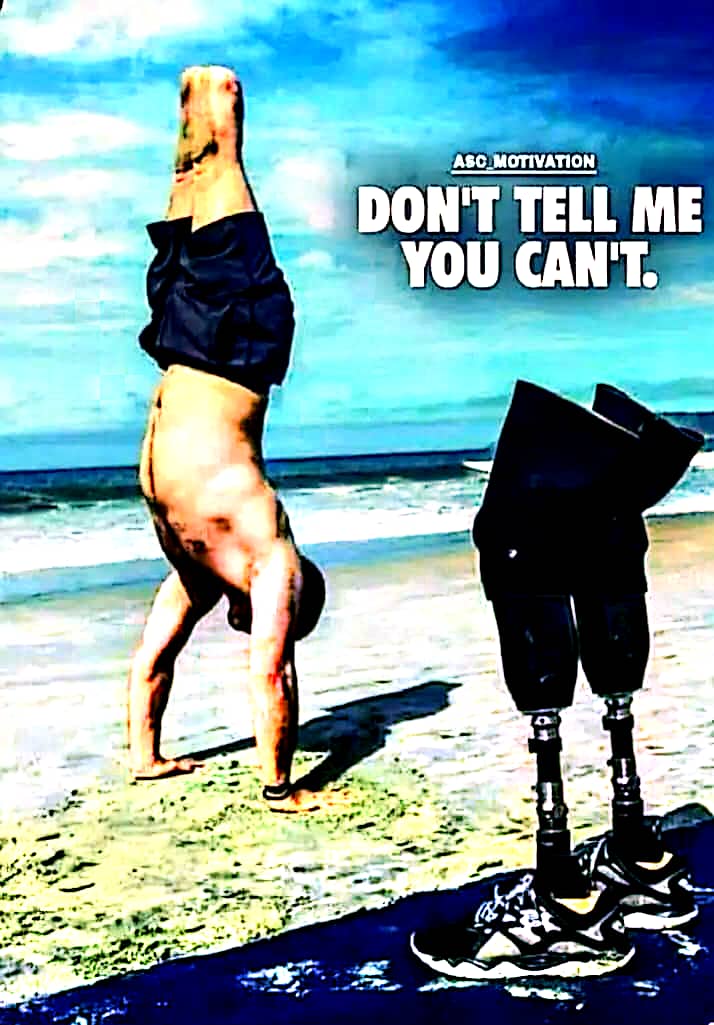
Orthotic Management :
Orthotic management is a key part of
rehabilitation
that uses Orthotics to Support, Align, Correct, Prevent Deformity, and Restore Motion. Orthotics can be
used
to treat a variety of conditions, including :
1] Charcot Foot :
Orthotics can help to prevent Complications, Restore Balance, and Address Deterioration.
2] Knee Instability :
Orthotics can be used to treat Knee Instability, but patients need to be trained in how to use them and
care
for them.
3] Foot and Ankle Conditions :
Orthotics can be used to treat a variety of conditions, including Traumatic Injuries, Arthritis,
Neuropathy,
Diabetes, and Sports-Related Injuries.
4] Fractures :
Fracture Orthoses, also known as Fracture Braces, can be used to protect and support a fractured bone.
We provide suitable Orthosis to our patients by taking the following things into consideration:
1] The patient's goals.
2] The specific impairments affecting the patient's function.
3] Whether a walking aid is needed.
4] Whether the injury needs to be protected from particular.
With the help of our clinicians and experts, we successfully fit the Orthosis to the part. After being fit with a Diagnostic Orthosis, we begin to teach our patients how to use the Orthosis and the care for their Orthosis. This includes removing them at the end of each day to dry, and cleaning their shoes at least once a week.
If there is something bothering the patient about the fit, function or alignment, our Orthotist is right there to adjust and optimize the device before the final Orthosis is created and delivered.This kind of interaction and immediate adjustment need the patient's presence in the clinic and it's a key factor in our patients' High Satisfaction and Success Rates.
प्रोस्थेटिक काळजी म्हणजे काय?
कोणत्याही यांत्रिक यंत्रास त्याच्या प्राथमिक स्थितीत कार्य करण्यासाठी नियमित काळजी आणि देखभाल आवश्यक असते, हे कृत्रिम उपकरणासाठी देखील खरे आहे. तुमचे कृत्रिम उपकरण वापरताना आराम आणि सुरक्षितता या दोन्हीची खात्री करण्यासाठी योग्य प्रोस्थेटिक काळजीमध्ये दैनंदिन स्वच्छता आणि देखभाल यांचा समावेश होतो. प्रोस्थेटिक हा शरीराचा कृत्रिम भाग आहे. हे शरीराच्या एखाद्या भागासाठी बनवले गेलेले आहे. जो भाग, जन्मत: घाळ झाला असेल किंवा अपघातात किंवा विच्छेदनाने हरवला असेल. काही लोकांचा कर्करोग, मधुमेह किंवा गंभीर स्वरुपाच्या संसर्गाच्या उपचारांचा किंवा अपघाती त्रासाचा एक भाग म्हणून ते अंग काढून टाकले जाते.
कृत्रिम पाय कोण वापरतो?
कृत्रिम पाय किंवा कृत्रिम अवयव, पाय विच्छेदन झालेल्या लोकांना अधिक सहजपणे चालता येण्यास मदत करू शकतात. ते फंक्शनची नक्कल करतात आणि आम्ही बनवलेल्या कृत्रिम पायांनी अगदी वास्तविक पायाचे स्वरूप देखील येऊ शकते.
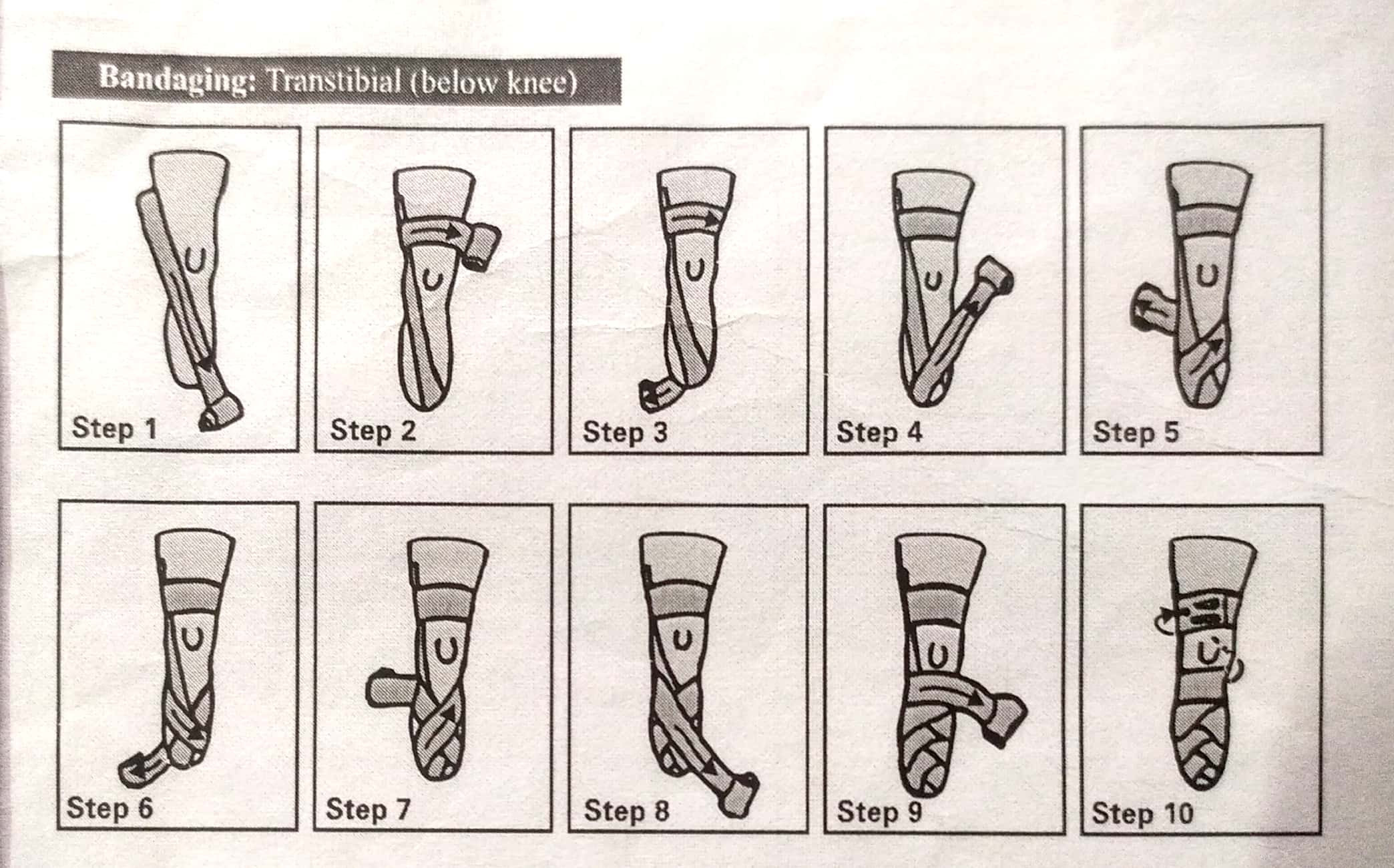
Instruction for Exercise : Follow the steps in the picture.
Goals :
1] To keep the stump in shape.
2] To prevent swelling.
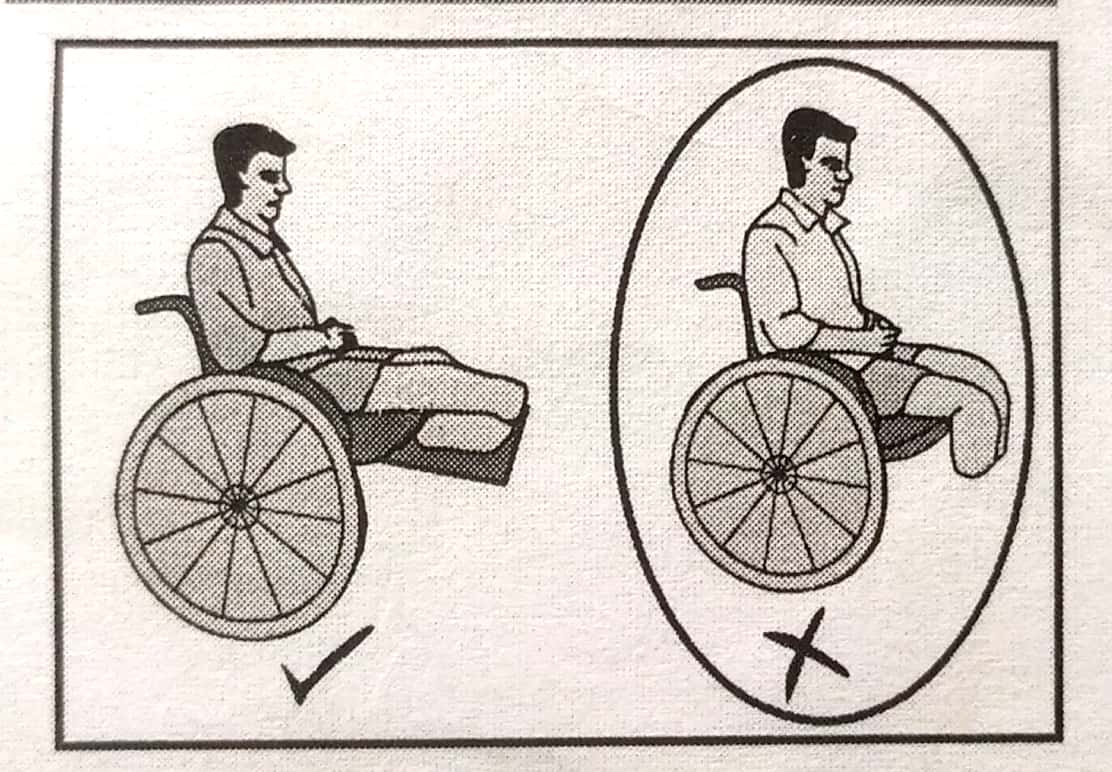
Instruction for Exercise : In addition to being wrapped, a newly amputated limb
should be
kept elevated most of the time.
Goals :
To prevent swelling of the stump.
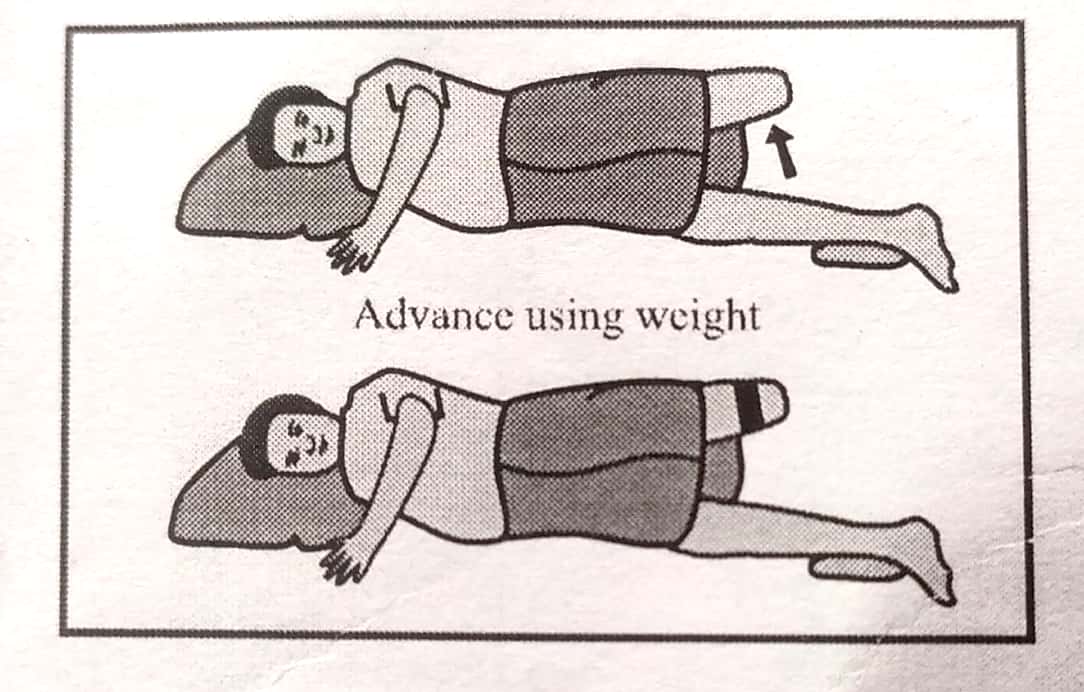
Instruction for Exercise : Lie on your side and move the upper leg straight up. Do
both
sides.
Goals :
Strengthening side of thigh muscles.
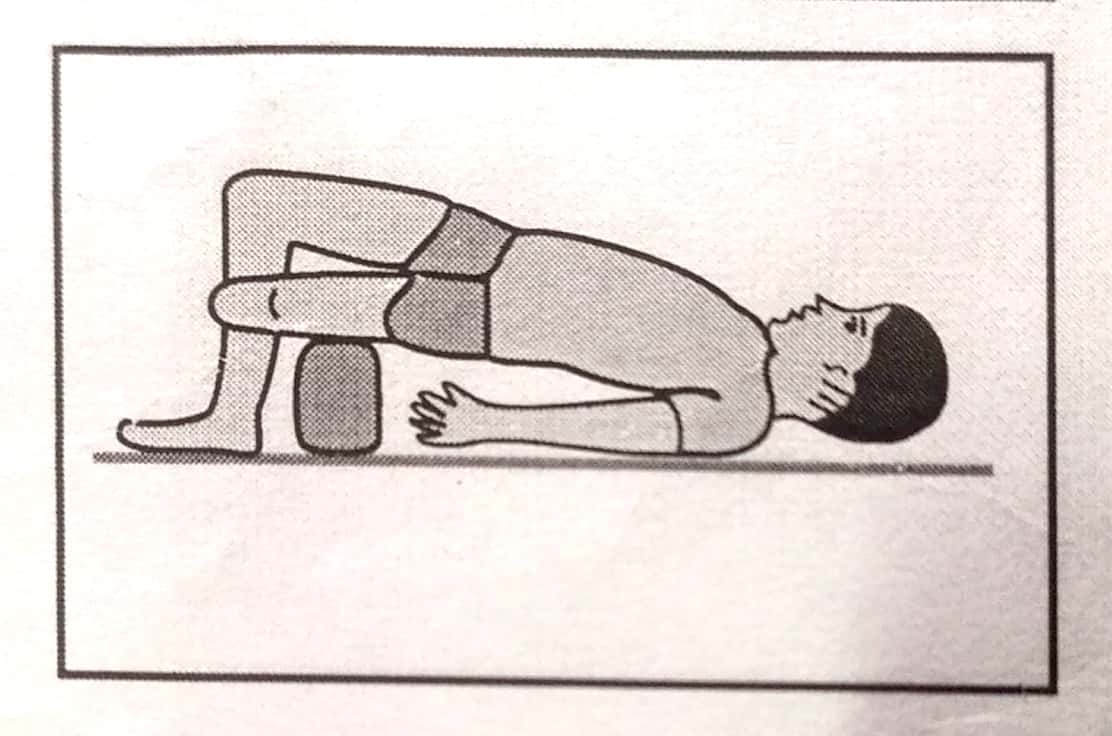
Instruction for Exercise : Lie on your back and place your stump on pillow/newspaper.
With your other leg push up your hips.
Goals :
Strengthening of buttock muscles.
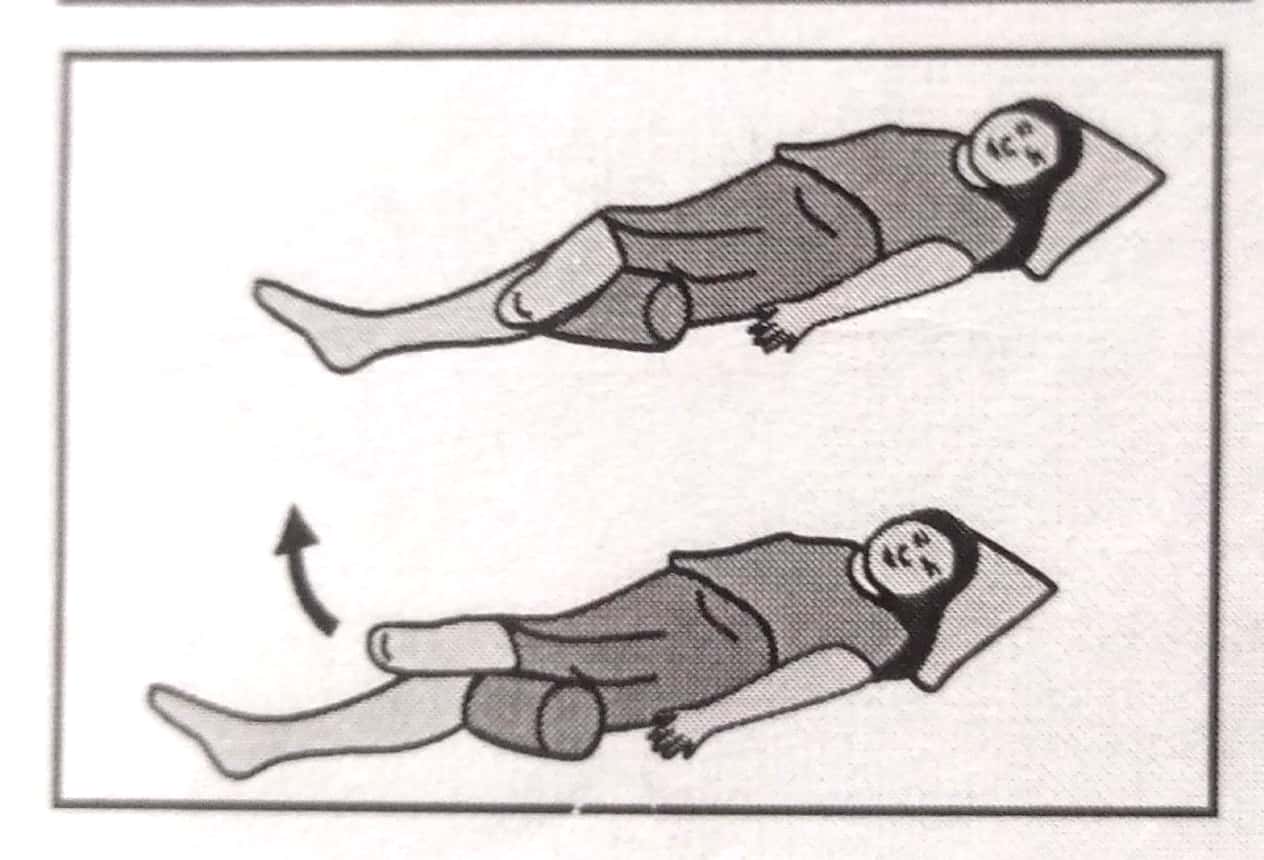
Instruction for Exercise : Place a rolled towel under your knee and lift your stump
towel
off the bed. Keep your knee against the towel the whole time.
Goals :
Strengthening of thigh muscles.
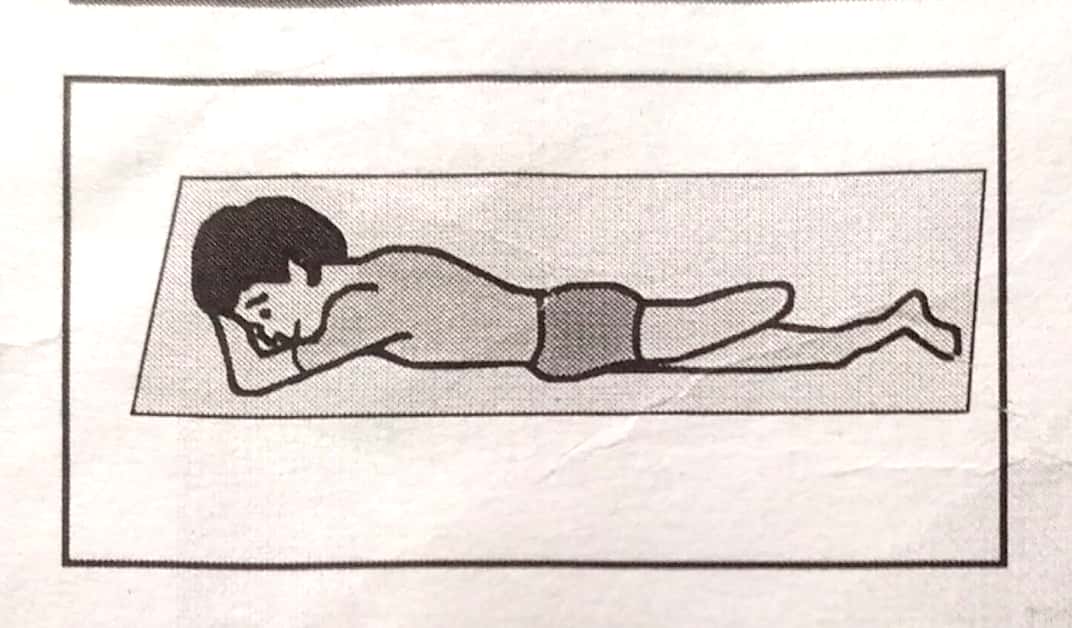
Instruction for Exercise : Lie on your stomach and lift your stump off the bed.
Goals :
Strengthening back of thigh muscles.
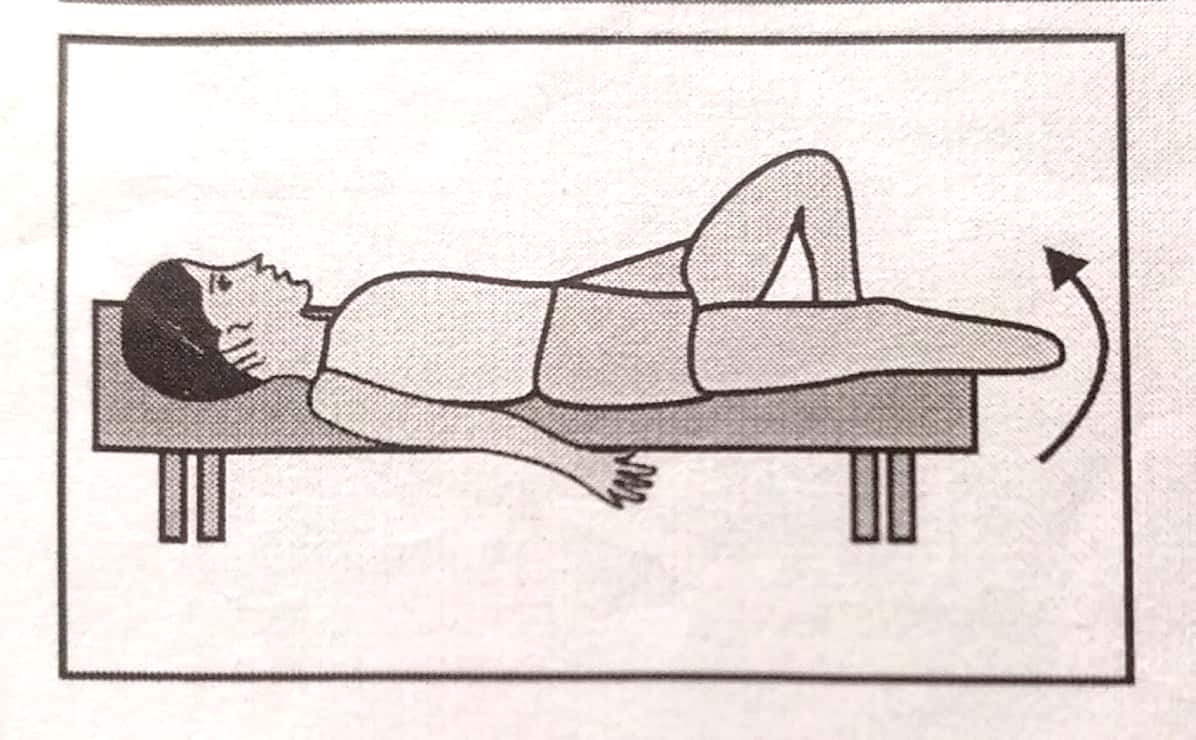
Instruction for Exercise : Lie on a bed and bend your unaffected leg to 90 degree.
Lift
your stump off the bed.
Goals :
Strengthening of front thigh muscles.
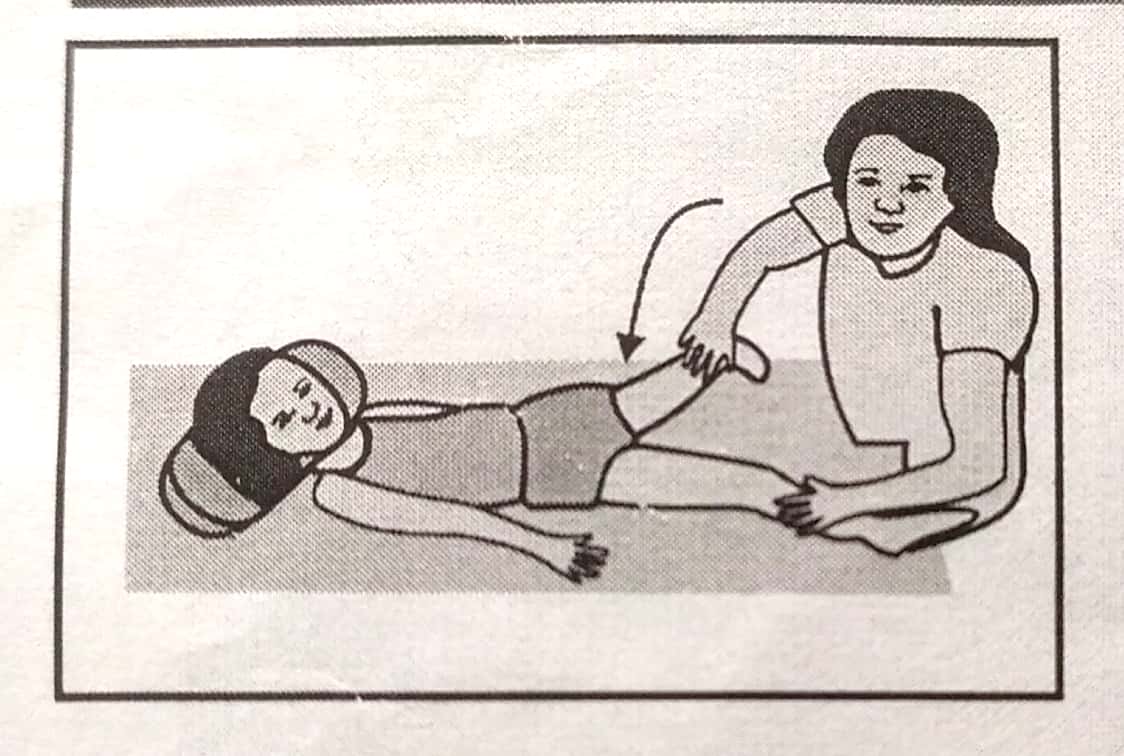
Instruction for Exercise : Lie on your back. A second person places his hands on the
front part of your stump and presses your leg down. You have to push upwards against this
pressure.
Goals :
Strengthening of front thigh muscles.
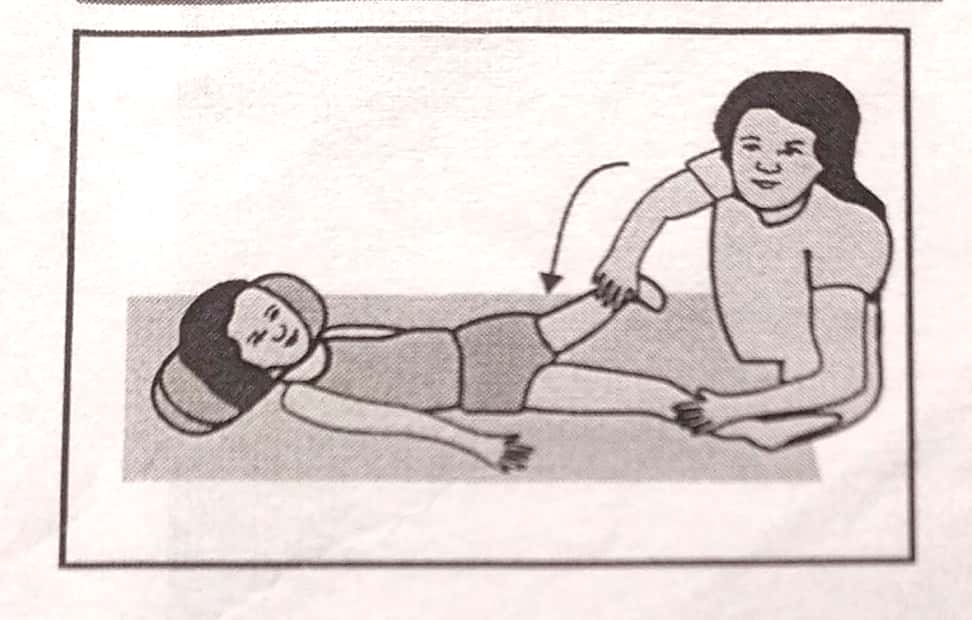
Instruction for Exercise : Lie on your back. A second person places his hands on the
side
of your stump and presses your leg inwards. You have to push sideways against this
pressure.
Goals :
Strengthening side of thigh muscles.
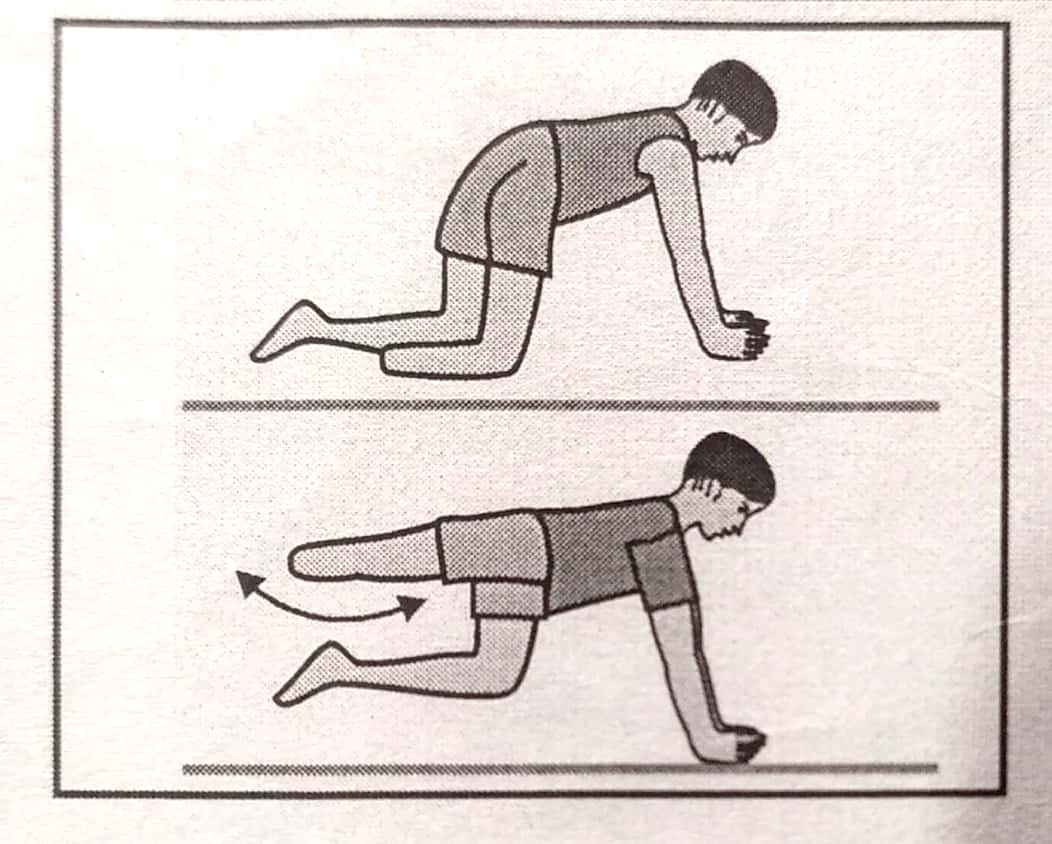
Instruction for Exercise : Start on your hands and knees. Lift your stump backwards
and
up.
Goals : Strengthening of back thigh and buttock muscles.
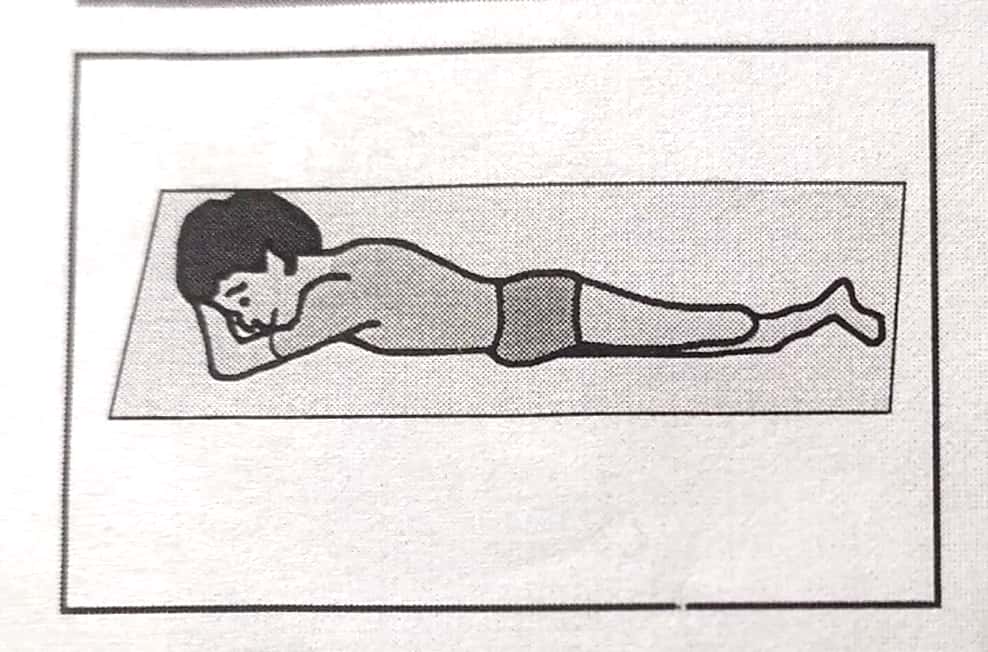
Instruction for Exercise : Lie on yours stomach with your legs straight.
Goals : To prevent muscle tightness
Duration/Frequency : 30 minutes, twice a day.
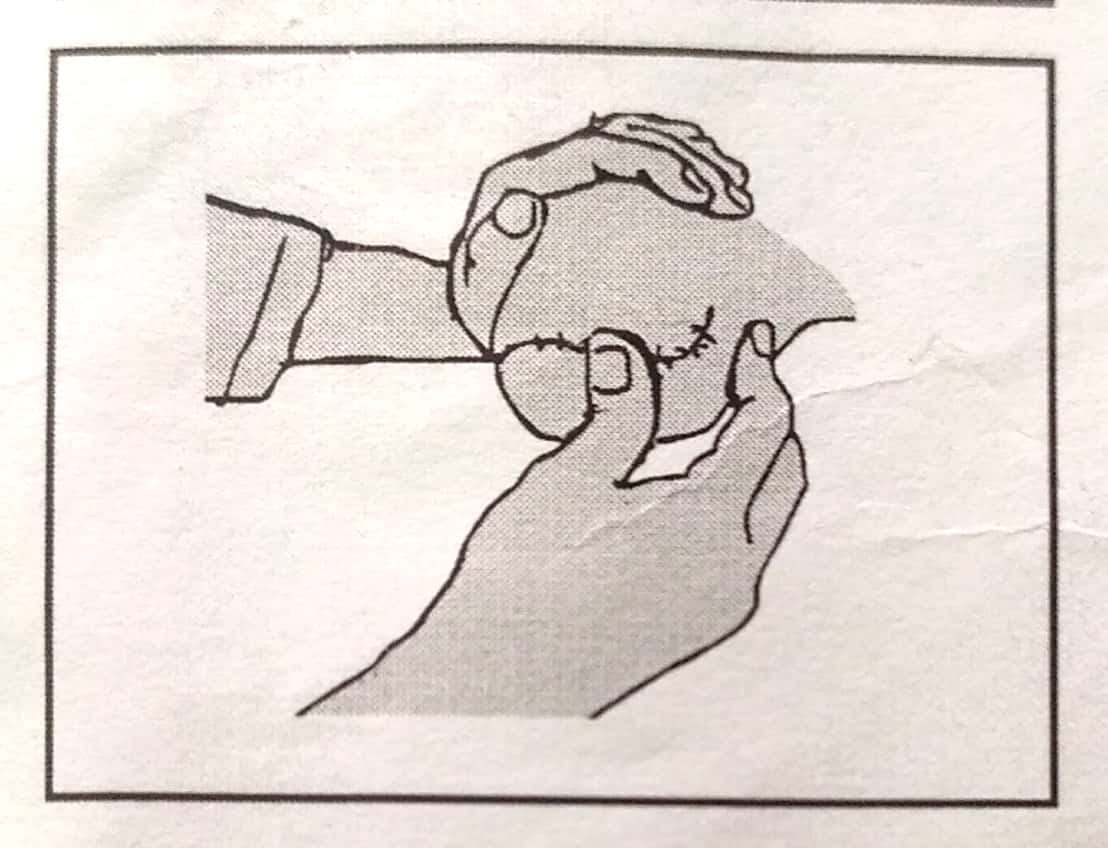
Instruction for Exercise : Gently kneading over the incision scar with moisturized
cream.
Goals : To prevent hardening of scar.
Duration/Frequency : Twice a day for ten minutes.
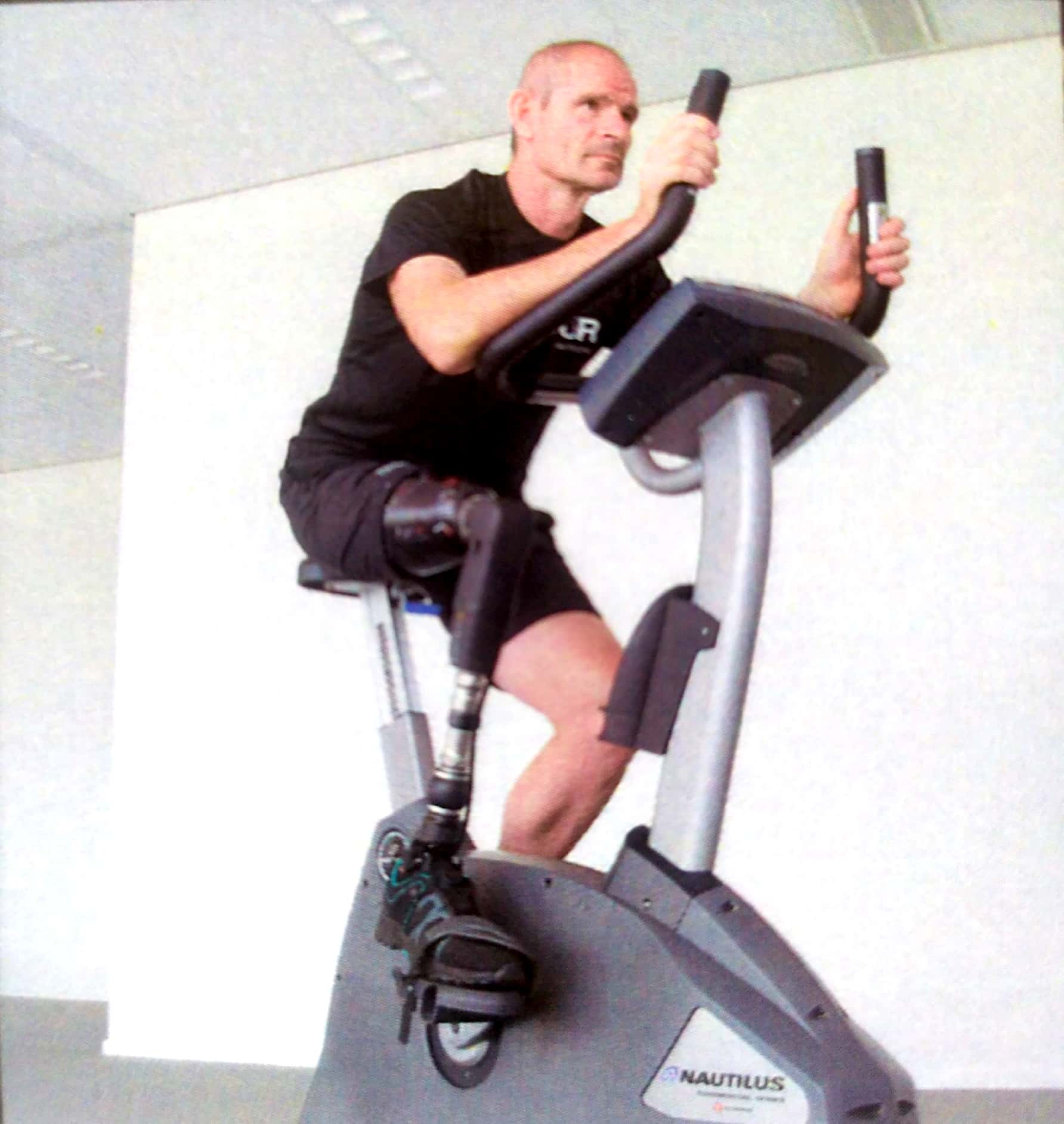
From the first steps between parallel bars in rehab, to smooth and confident gait on varied terrain.
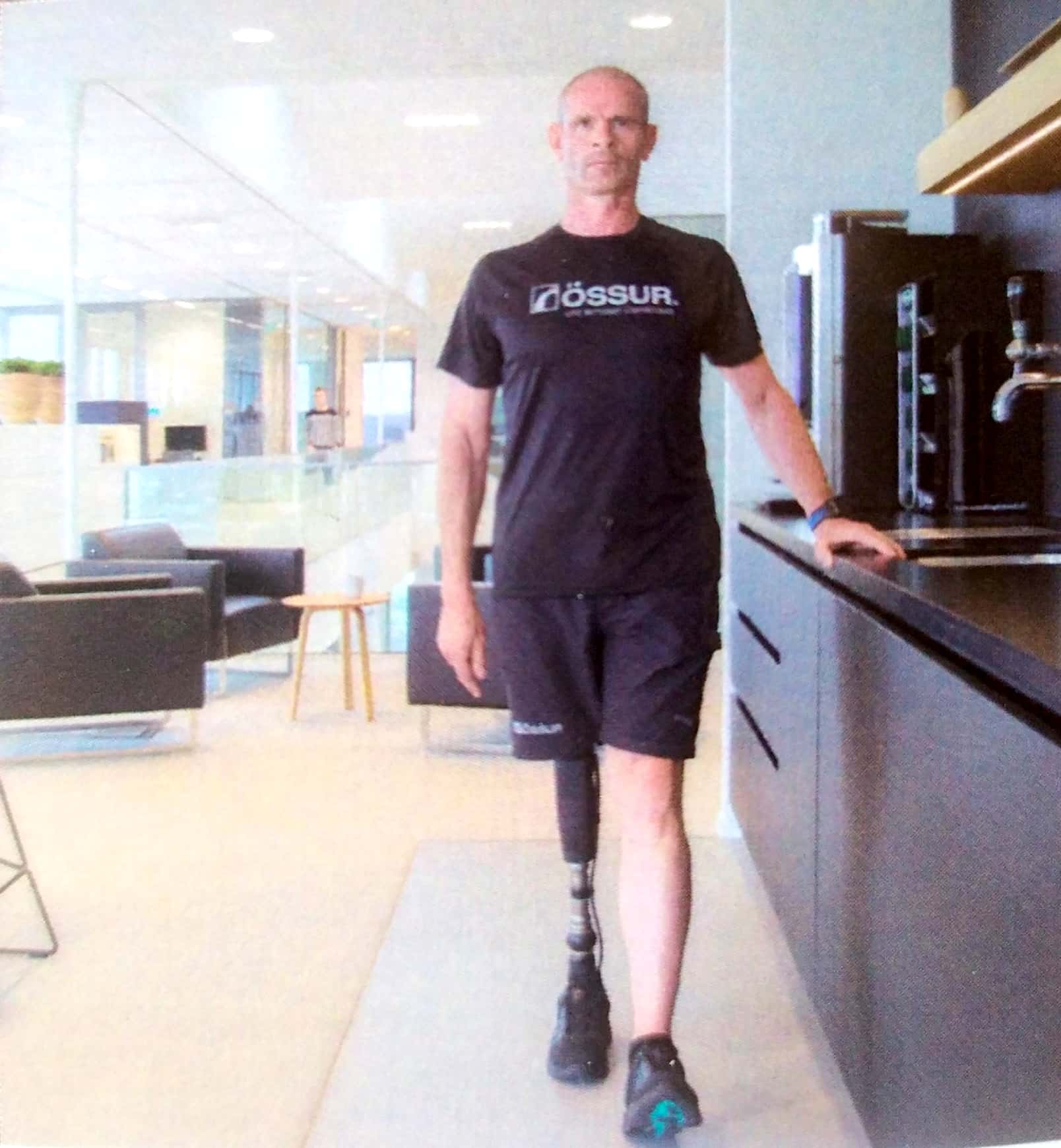
From range-of-motion training on a stationary bike in rehab, to cycling at different speeds for transport and/or fitness purposes.
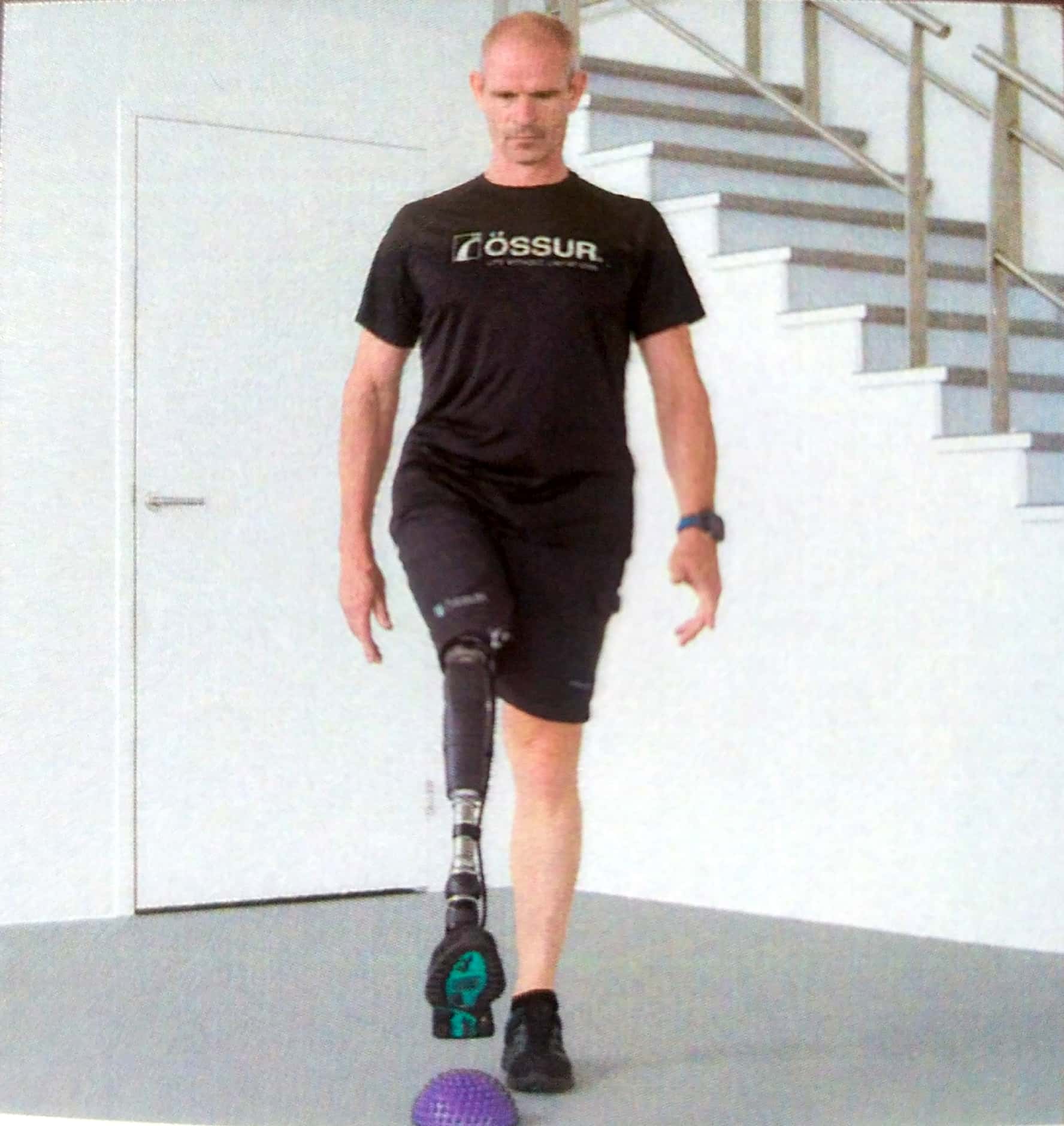
From stepping over placed objects in rehab, to confidently avoiding everyday obstacles in typical environments.